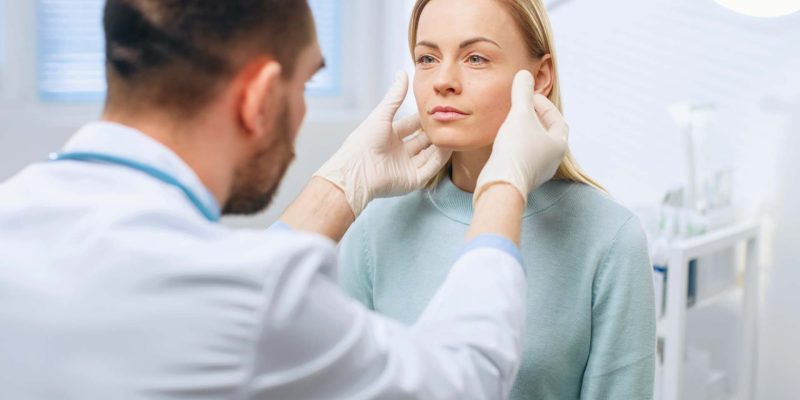Menu
Close
- Home
- About
- Services
- Back Pain Physiotherapy
- Neck Pain Physiotherapy
- Shoulder Pain Physiotherapy
- Hip Pain Physiotherapy
- Foot Pain Physiotherapy
- Motor vehicle accident physiotherapy
- Massage therapy
- Lymphatic Massage Therapy
- Neurological Physiotherapy
- Fibromyalgia Physiotherapy
- Hand Pain Physiotherapy
- Arthritis Physiotherapy
- Sports Physiotherapy
- Vestibular Physiotherapy
- Cupping Therapy
- Concussion Physiotherapy
- Worker’s Compensation Physiotherapy
- Pricing
- Blog
- Our Location
- Contact Us
The Latest Research and Advancements in Physical Therapy and Massage Therapy
The Latest Research and Advancements in Physical Therapy and Massage Therapy
Physical and massage therapy have long been recognized as effective treatments for various musculoskeletal conditions and injuries. Over the years, advancements in research and technology have contributed to the evolution of these therapies, enhancing their effectiveness and expanding their applications. This blog post will explore the latest research and physical and massage therapy advancements.



1. Technology and Digital Innovations
Physical Therapy:
Technology has revolutionized physical therapy, offering new tools and techniques for assessment, treatment, and patient monitoring. For example, motion capture systems and wearable devices can provide detailed data on movement patterns, allowing physical therapists to analyze and assess biomechanics more accurately. In addition, virtual reality (VR) and augmented reality (AR) technologies are also being used to create immersive rehabilitation environments that facilitate movement retraining and enhance patient engagement.
Massage Therapy:
Massage chairs with sophisticated sensors and programmable techniques offer personalized and targeted treatments. Percussion devices and vibrational therapy tools provide deep tissue massage and trigger point release. Mobile applications and online platforms provide guided self-massage techniques and resources for self-care.
2. Evidence-Based Practice
Physical and massage therapy have embraced evidence-based practice, relying on the latest research to inform treatment protocols and improve patient outcomes.
Physical Therapy:
Research has provided insights into the effectiveness of various physical therapy interventions, leading to evidence-based treatment guidelines. For example, studies have examined the benefits of specific exercises, manual therapy techniques, and modalities for various conditions, such as low back pain, knee osteoarthritis, and rotator cuff injuries. This research helps physical therapists select the most effective interventions based on individual patient needs.
Massage Therapy:
Recent research has focused on evaluating the therapeutic effects of massage therapy for different conditions, including chronic pain, sports injuries, and stress-related disorders. In addition, studies have explored the physiological mechanisms underlying the effects of massage, such as its impact on pain modulation, circulation, and immune function. This growing body of evidence supports the integration of massage therapy into mainstream healthcare and helps shape treatment protocols.
3. Specialized Approaches
Physical Therapy:
In addition to traditional physical therapy approaches, specialized techniques have emerged to address specific conditions and populations. For example, aquatic therapy utilizes buoyancy and resistance of water to facilitate movement and reduce joint stress. Dry needling, a technique similar to acupuncture, relieves muscle pain and trigger points. Other approaches include neurorehabilitation techniques for stroke and neurological conditions and pediatric physical therapy for children with developmental disorders.
Massage Therapy:
Massage therapy has also seen the development of specialized techniques and modalities. For instance, myofascial release targets the fascia to alleviate tension and improve mobility. Likewise, craniosacral therapy works with the craniosacral system to promote relaxation and balance.
Conclusion
Physical and massage therapy fields continue to evolve and benefit from advancements in research and technology. The integration of technology, evidence-based practice, and specialized approaches has enhanced the effectiveness of these therapies and expanded their applications. As research continues to uncover new insights, physical and massage therapists can provide more targeted, personalized, and evidence-based care to improve patient outcomes. Whether you’re seeking rehabilitation or preventive care, these advancements offer promising possibilities for optimizing health and well-being through physical and manual therapies.
NEW WEBSITE
LATEST EVENT

Luz Dakota
Nam nulla ipsum, venenatis malesuada felis quis, ultricies.

Jessica Alves
Nam nulla ipsum, venenatis malesuada felis quis, ultricies.

Amity Blunt
Nam nulla ipsum, venenatis malesuada felis quis, ultricies.

Maria Suarez
Nam nulla ipsum, venenatis malesuada felis quis, ultricies.
On a quest for optimum fitness?
Redwater Physical Therapy Clinic can be your friend, philosopher & guide to help you get a pain-free, energetic, healthy life.
- Copyright 2024 Red Water Physiotherapy
